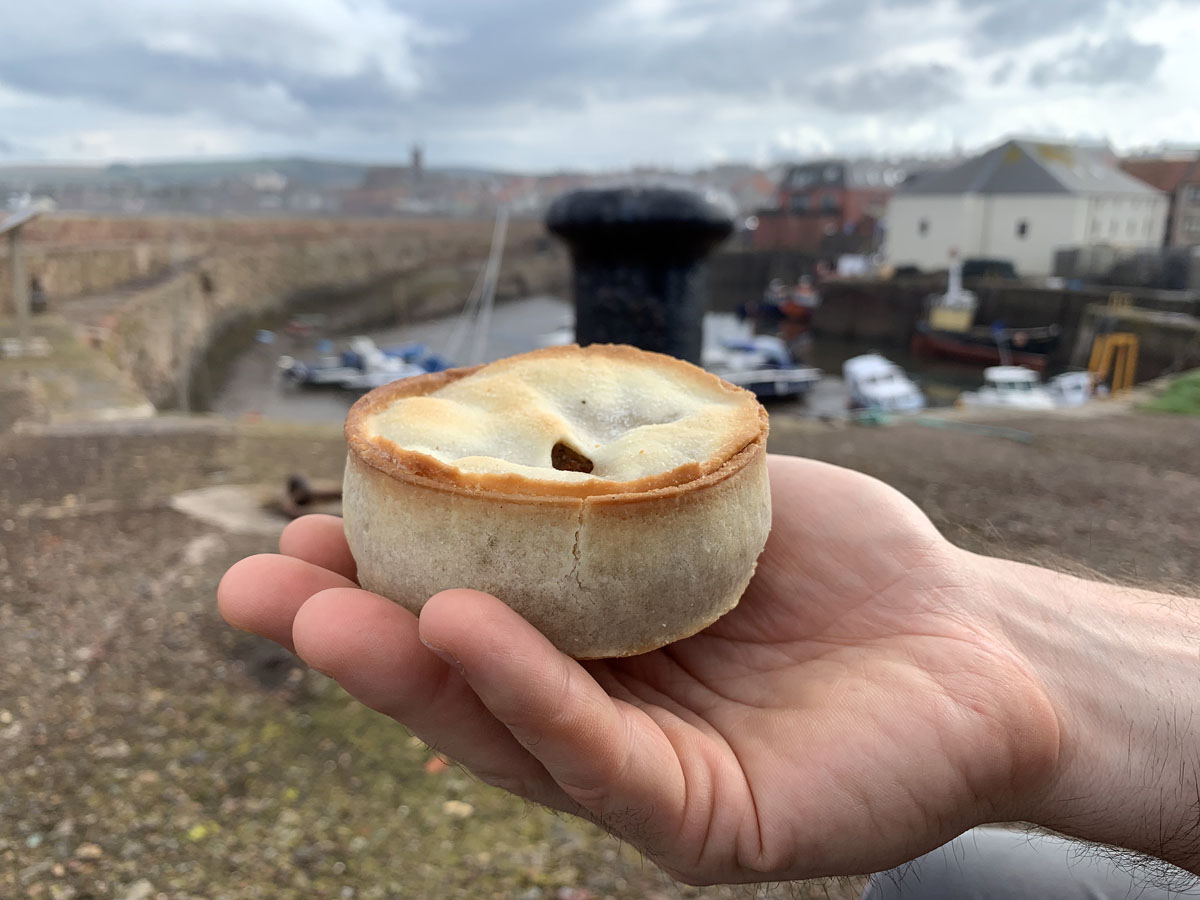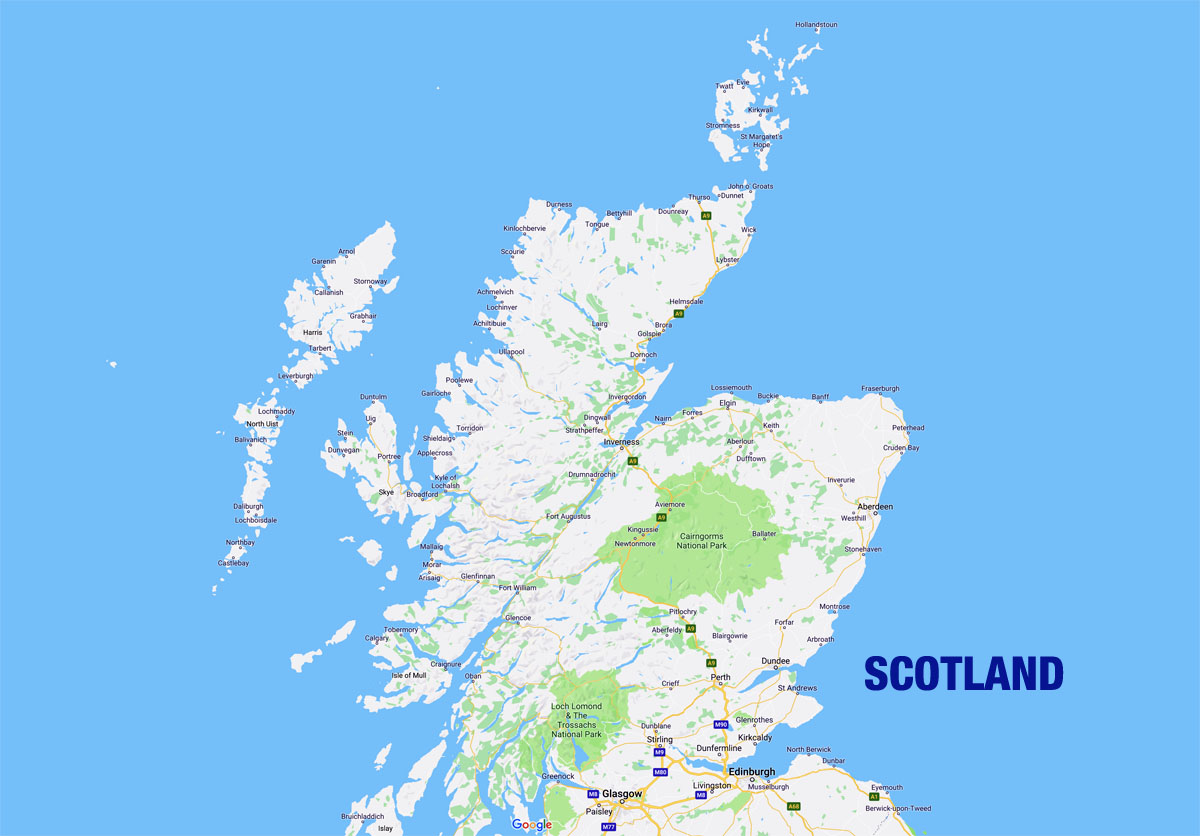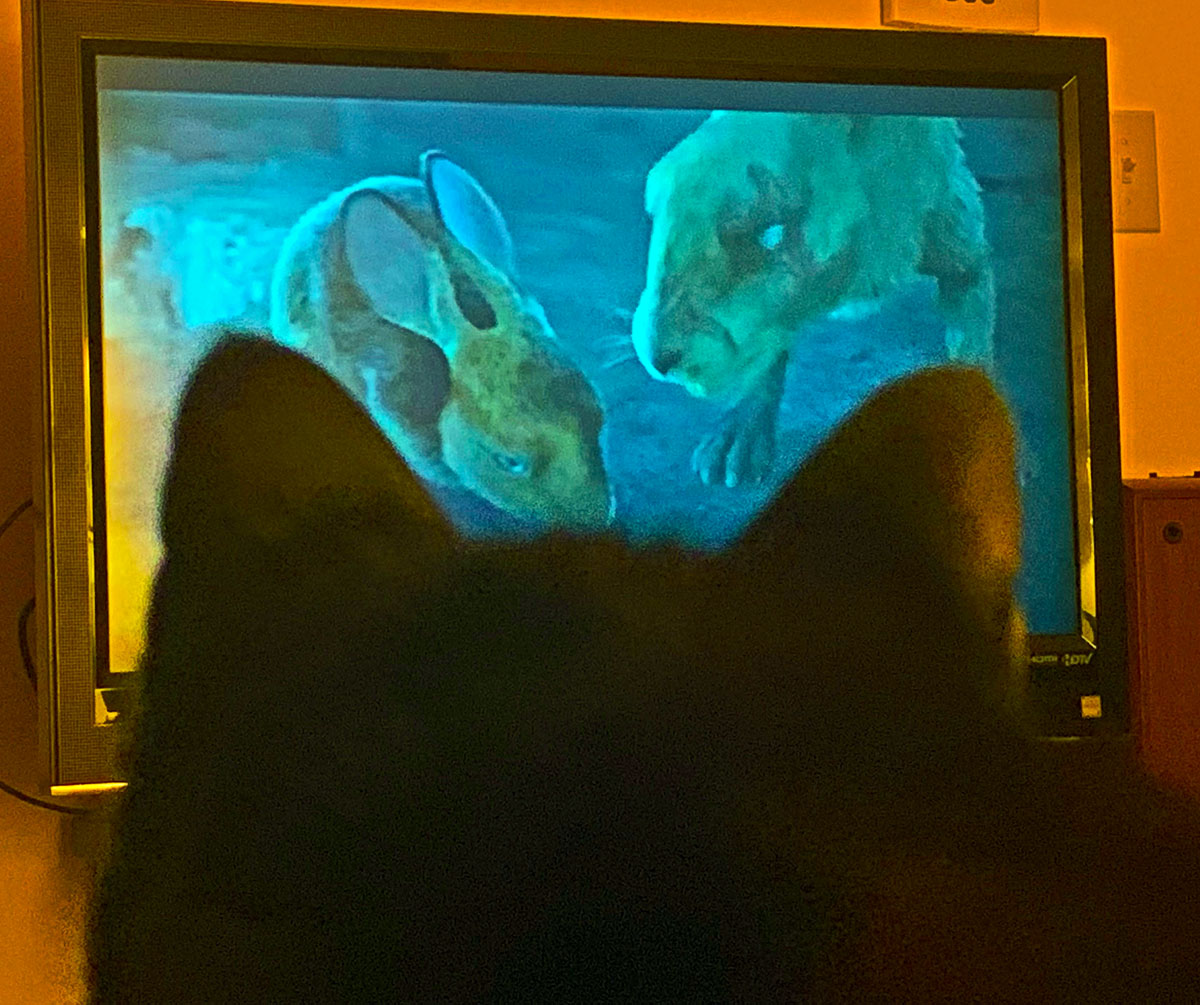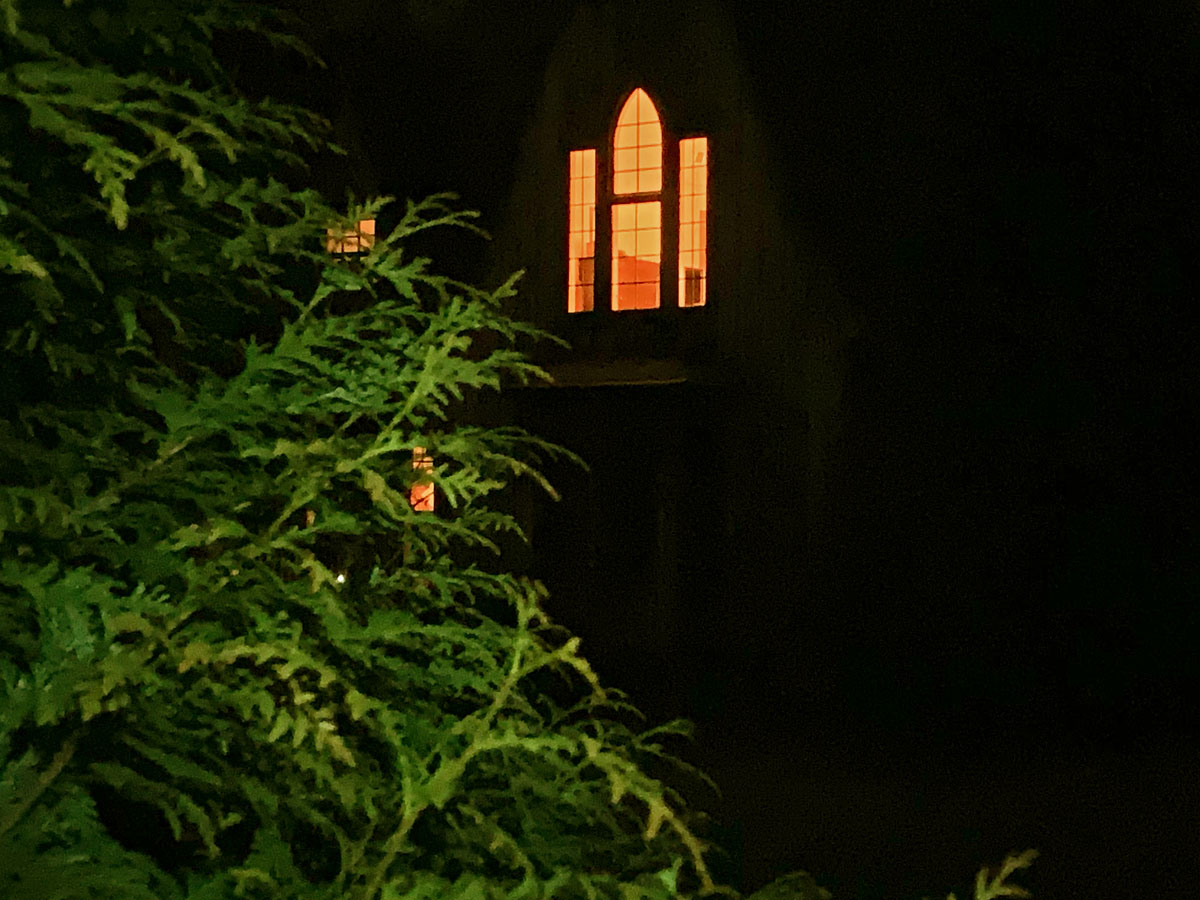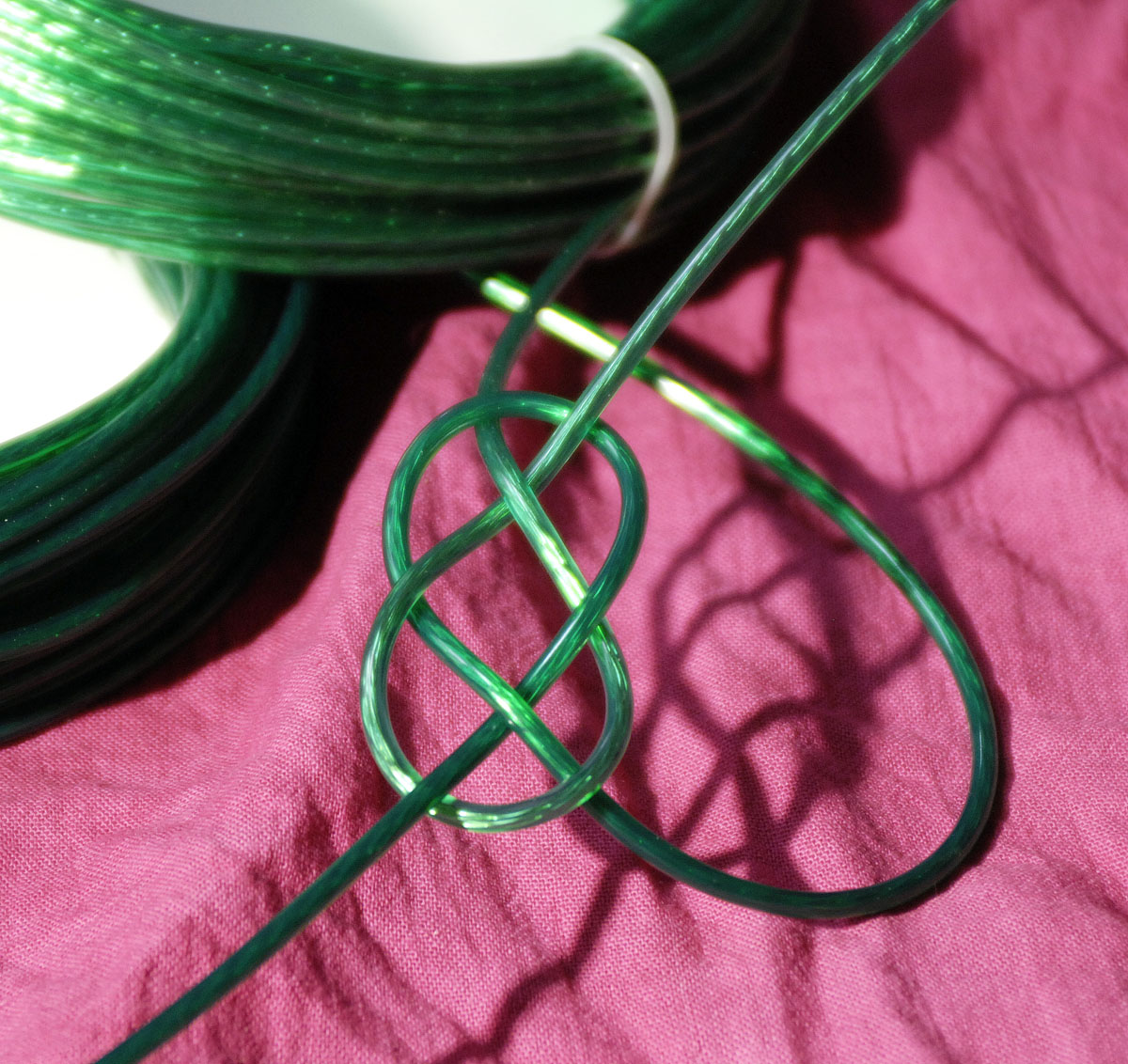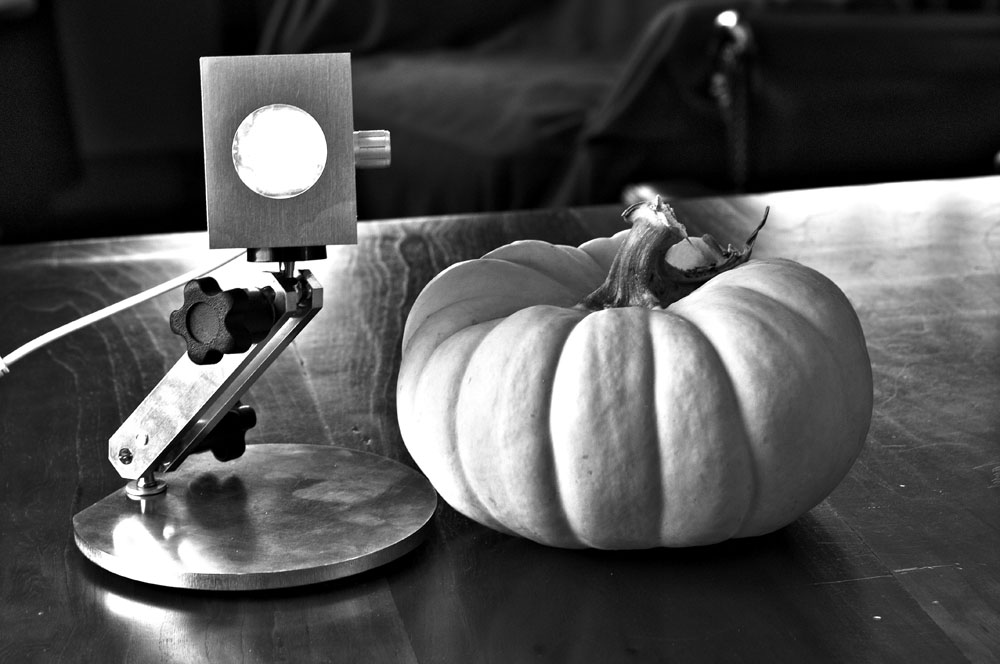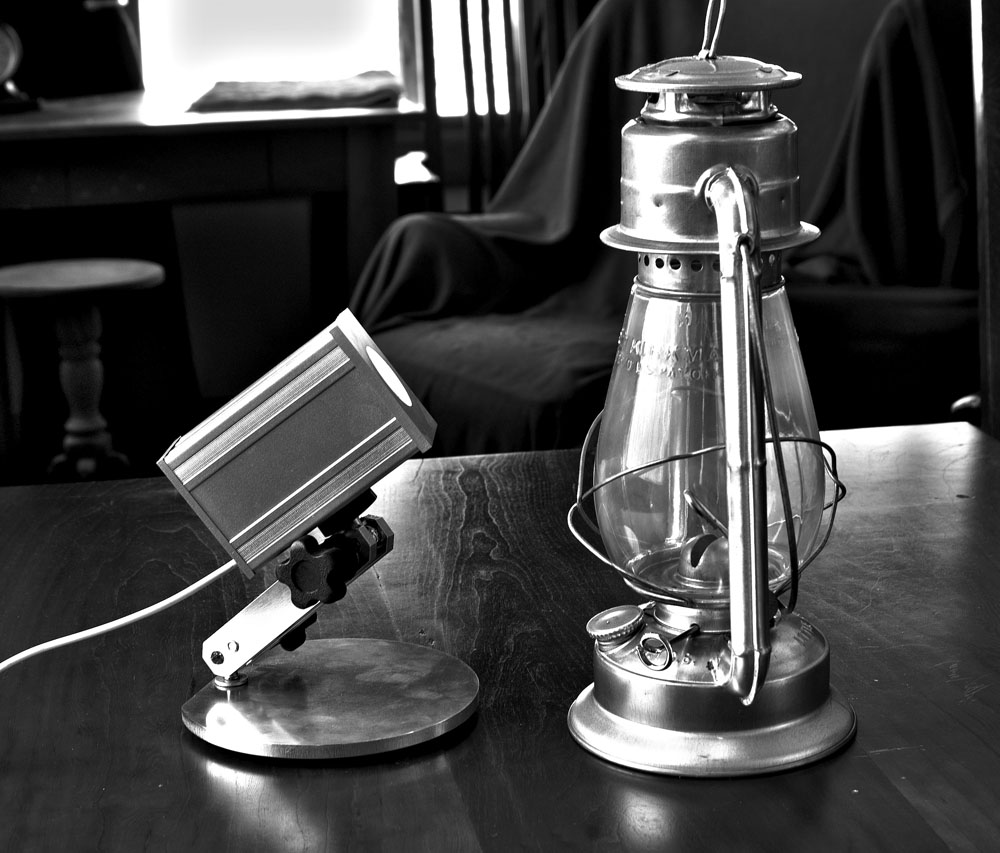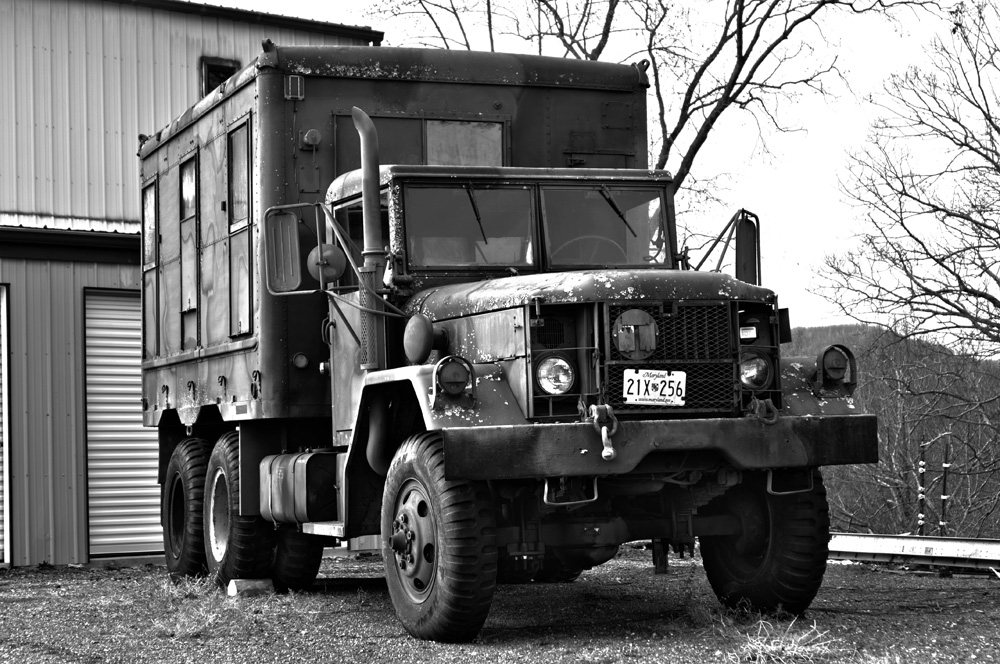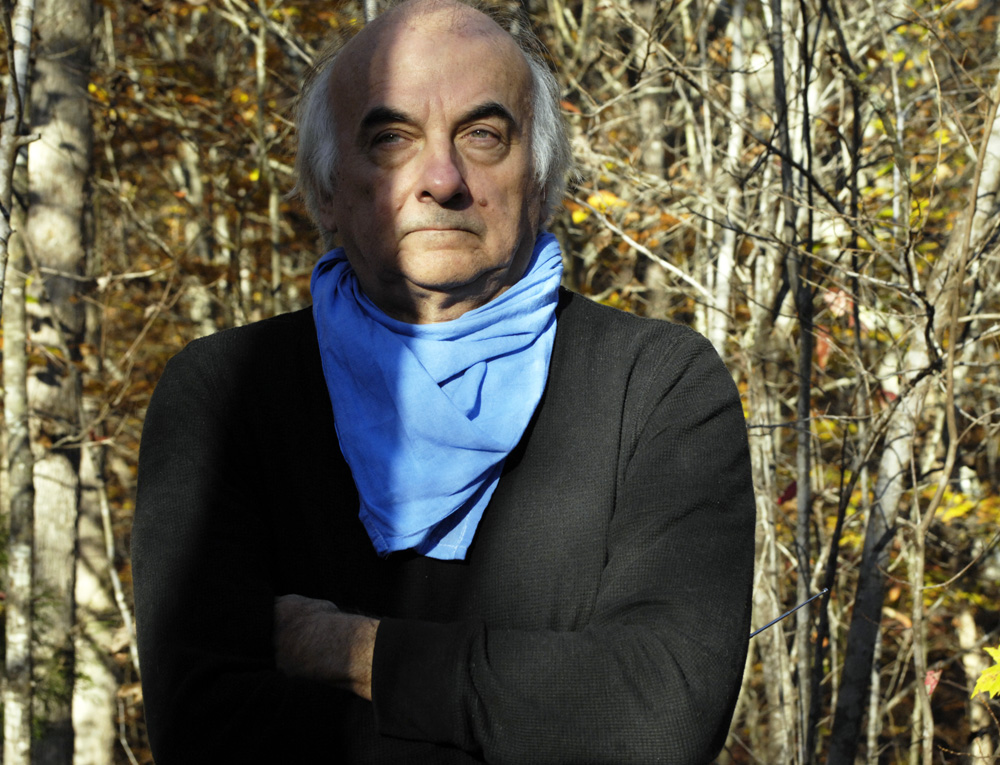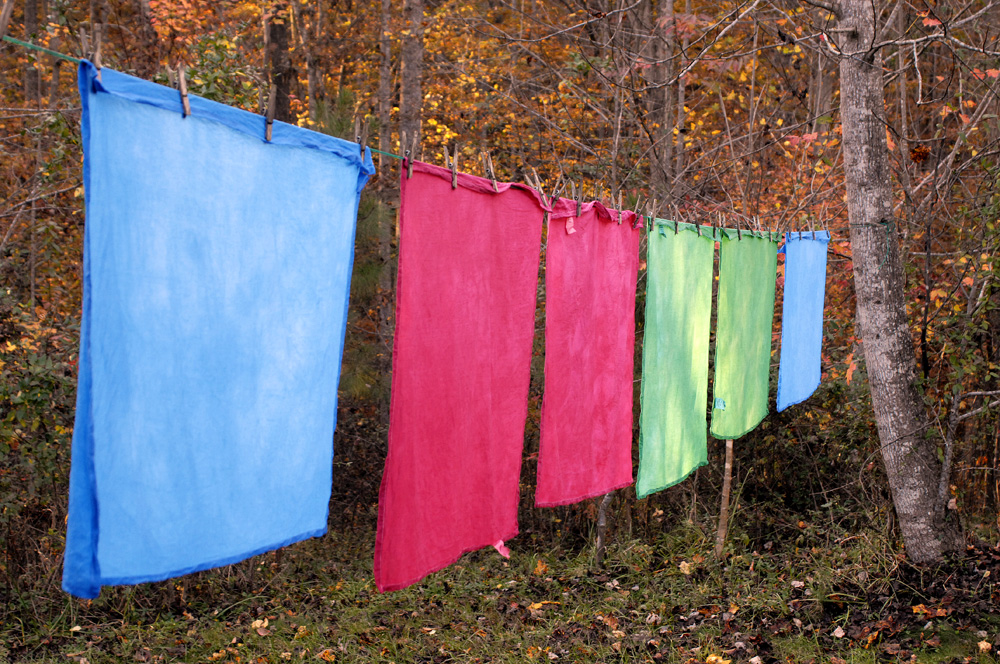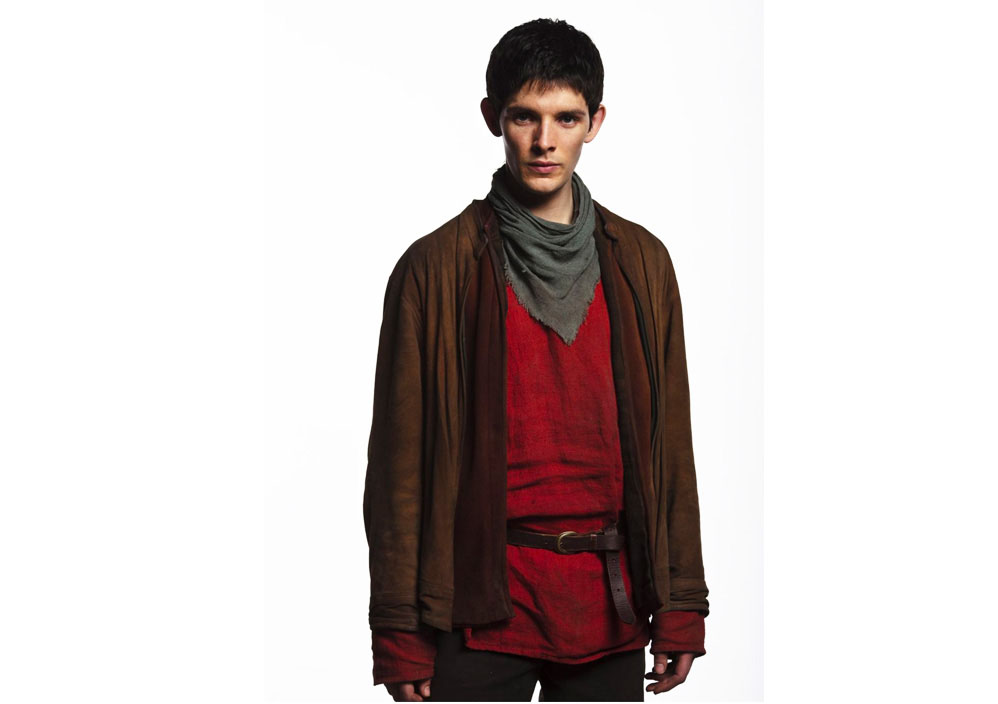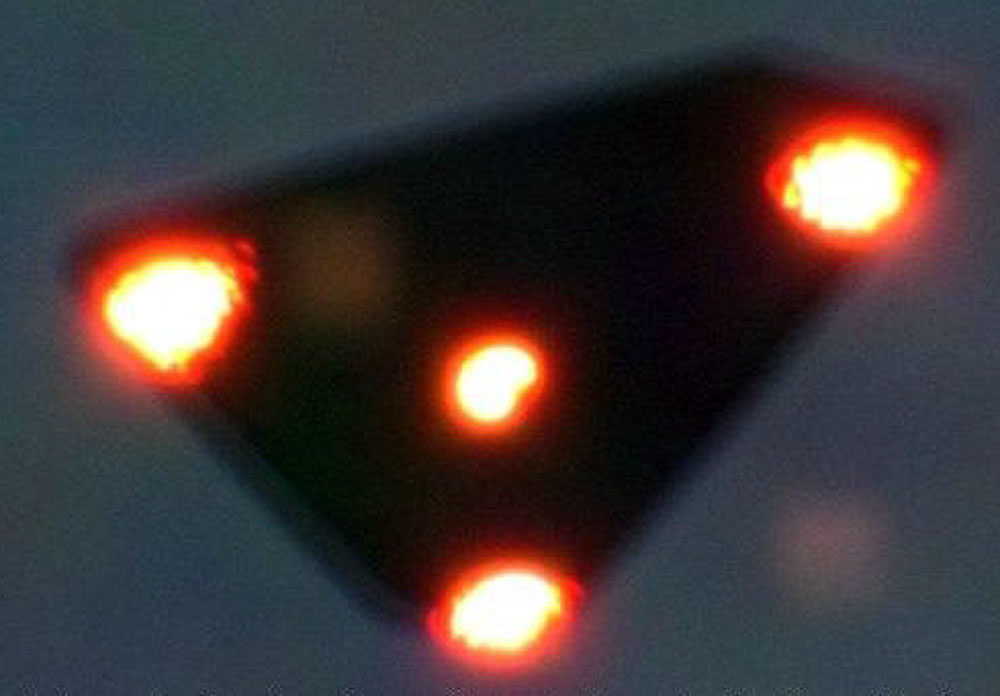
A “black triangle,” Belgium, 1990 (Wikipedia photo)
For many years, I have been alert for anything that might advance our knowledge of UFOs. Very little that could be seen as reliable has come along. The Disclosure Project did some interesting work back in 2013. And, in 2007, France made its UFO files public. Other than that, it has been mostly crickets, other than the usual non-serious stuff.
But, in the past week, we’ve gotten a little traction. On May 26, the New York Times ran a piece on Navy pilots who have reported UFOs. On May 28, the Washington Post ran an op-ed with the headline UFOs exist and everyone needs to adjust to that fact. The author of the Washington Post piece, Daniel W. Drezner, includes a link to an academic article published in the journal Political Theory. The article is titled Sovereignty and the UFO.
Though the Washington Post piece includes a fascinating video of radar imagery from Navy jets, none of these articles advances our knowledge of UFOs in a scientific way. That’s not happening. Why?
Sovereignty and the UFO lays out a brilliant argument for why no one is permitted to take UFOs seriously. “Our argument,” the authors write, “is that UFO ignorance is political rather than scientific.” The questions then become: How do our political arrangements make it impossible to take UFOs seriously? And: How might it be possible to disable political control of the UFO mystery and make it a question for science instead? The authors’ arguments are dense and a touch postmodern. Nevertheless I found their case quite persuasive. In their conclusion, they argue that resistance is the key to making it politically and scientifically possible to seriously study UFOs:
The structuralism of our argument might suggest that resistance is futile. However, the structure of the UFO taboo also has aporias and fissures that make it—and the anthropocentric structure of rule that it sustains—potentially unstable…. The kind of resistance that can best exploit these fissures might be called militant agnosticism. Resistance must be agnostic because by the realist standards of modernity, regarding the UFO/ET question neither atheism nor belief is epistemically justified; we simply do not know. Concretely, agnosticism means “seeing” rather than ignoring the UFO, taking it seriously as a truly unidentified object. Since it is precisely such seeing that the UFO taboo forbids, in this context seeing is resistance. However, resistance must also be militant, by which we mean public and strategic, or else it will indeed be futile. The reproduction of UFO ignorance depends crucially on those in positions of epistemic authority observing the UFO taboo.
In the Washington Post, Drezner, also a scholar, is arguing that we must take seriously the possibilities that UFOs are extraterrestrial.
I am greatly concerned with the mystery of UFOs because, almost 50 years ago, I saw one. It was not a mere light the sky, and there was nothing vague about it. It was instead an enormous object less than a quarter of a mile away from me, well before dusk, in rural eastern North Carolina. The object appeared cylindrical. It was as long as a football field. It was hovering — silently — just above treetop level. There were lights — not exterior lights but what looked more like windows and a lighted interior. A friend who was with me saw it, too. We watched as it made a slow turning maneuver. After that, I can only describe it as falling upward into the sky at a steep angle. The acceleration was astonishing, and perfectly silent.
Epistemologically, I’m well aware that my testimony (even combined with my friend’s) proves absolutely nothing to anyone other than myself. But, because there was no mistaking what I saw, it proves to me only that UFOs are real and that their capabilities far exceed any earth technology. Because it fell into the sky and into space, then assuming that space is where it came from would seem reasonable to me. One of my great hopes — and I’m not getting any younger — is that I am able to live long enough to see the UFO mystery solved. I would agree with the authors of the Political Theory article that the investigation must be undertaken by science, and that political notions and political power must no longer be allowed to sweep UFOs under the rug.
The consequences of proving that there are UFOs and that they are extraterrestrial would of course shake our world profoundly. Many — particularly those who are powerful — don’t want the world to be profoundly shaken. But there are many like me who would like to see the lords of earth taken down a few notches. The authors of the Political Theory article write:
The ontological threat is that even if the ETs were benign, their confirmed presence would create tremendous pressure for a unified human response, or world government.
If you think for a while about the possibility of a galactic federation — as a great many science fiction writers have done — then the need for a unified earth, an earth subject to a whole new kind of sovereignty and law, becomes apparent.
No wonder the governments of earth find UFOs so threatening that they’re best denied and ignored. Wouldn’t it be fine thing to be a citizen of the galaxy, with a passport issued by the Planet Earth?
Update: In comments, Chenda and Ken asked for a sketch of the UFO I saw. I’m not much of an artist, but here’s a sketch. The object was just above the treetops, less than a quarter of a mile from us. It was a great deal longer than a Boeing 747. It was hovering silently. While we watched, it made a slow turning maneuver. Then it silently accelerated at a seemingly impossible rate (toward the northeast, at about a 45 degree vertical angle) and disappeared into space in seconds.

As for the location, it was along U.S. 264 about 10 miles east of Greenville, North Carolina. (See the red circle.) At the time, this was rural farming country. I remember power lines along the highway, but there were no houses in sight. The date would have been October 1971, I believe.


